PPT-There’s DNA everywhere
Author : Honeybunches | Published Date : 2022-08-01
Charles Brenner PhD Purveyor of forensic mathematics DNAVIEW Visiting Scholar Senior Research Fellow at UC Berkeley Human Rights Center httpdnaviewcom cdnaviewcom
Presentation Embed Code
Download Presentation
Download Presentation The PPT/PDF document "There’s DNA everywhere" is the property of its rightful owner. Permission is granted to download and print the materials on this website for personal, non-commercial use only, and to display it on your personal computer provided you do not modify the materials and that you retain all copyright notices contained in the materials. By downloading content from our website, you accept the terms of this agreement.
There’s DNA everywhere: Transcript
Download Rules Of Document
"There’s DNA everywhere"The content belongs to its owner. You may download and print it for personal use, without modification, and keep all copyright notices. By downloading, you agree to these terms.
Related Documents

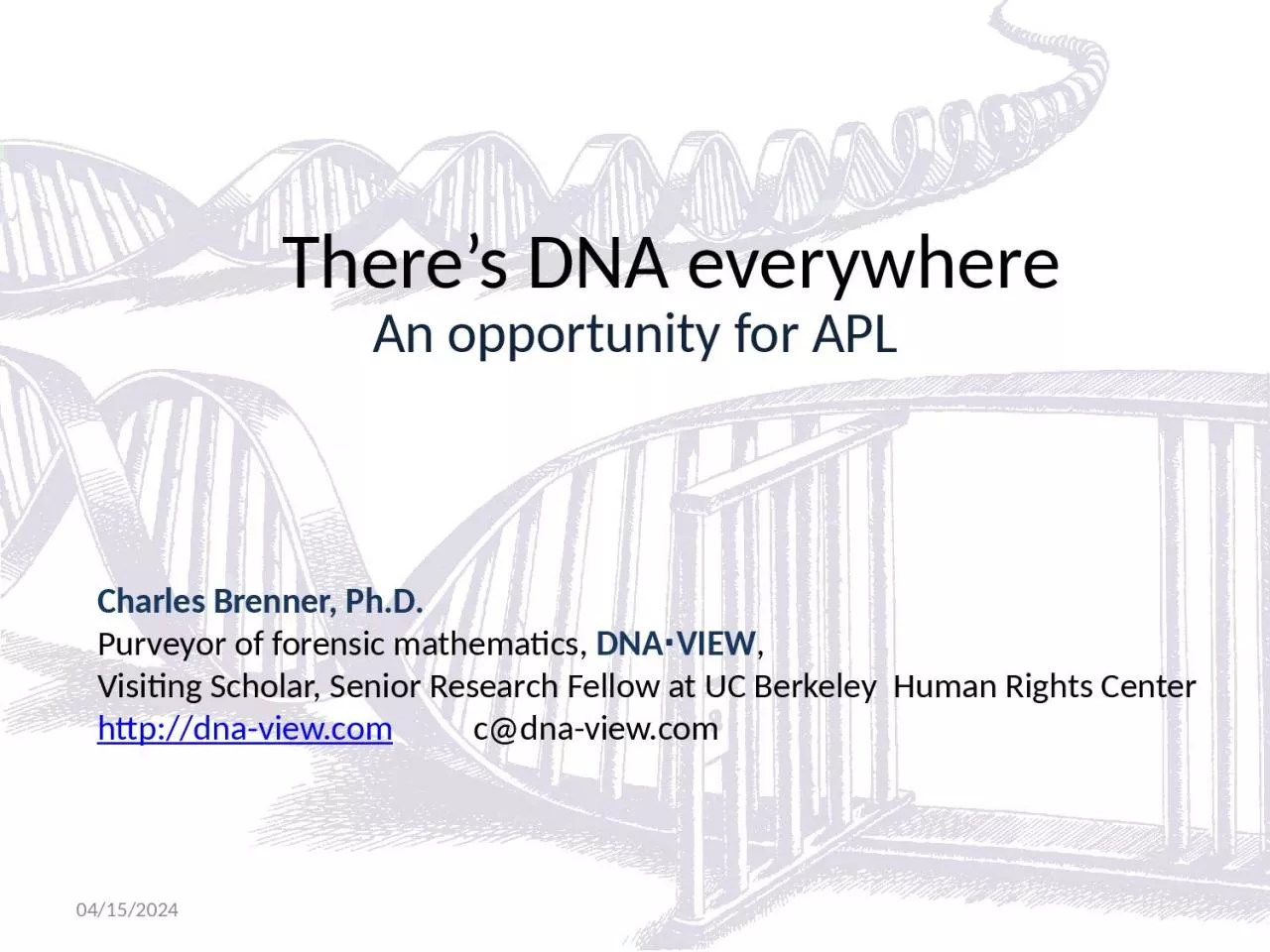

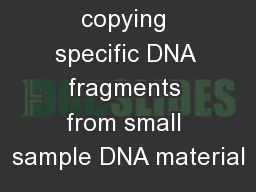
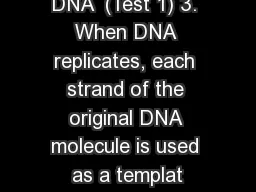
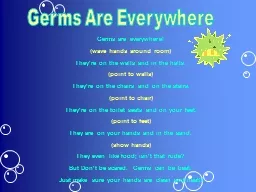


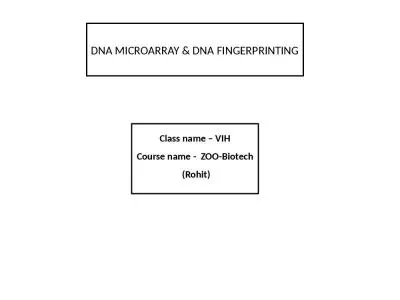
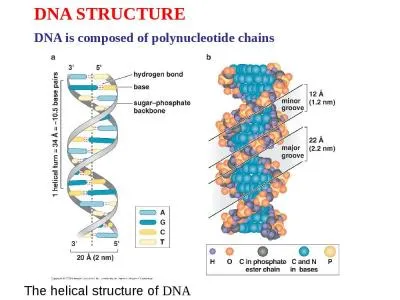
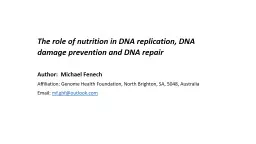
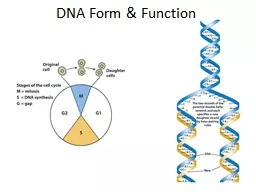
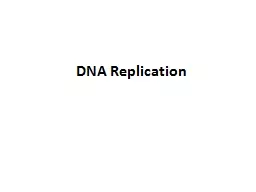

![[BOOK]-Status: Why Is It Everywhere? Why Does It Matter?: Why Is It Everywhere? Why Does](https://thumbs.docslides.com/956296/book-status-why-is-it-everywhere-why-does-it-matter-why-is-it-everywhere-why-does-it-matter.jpg)